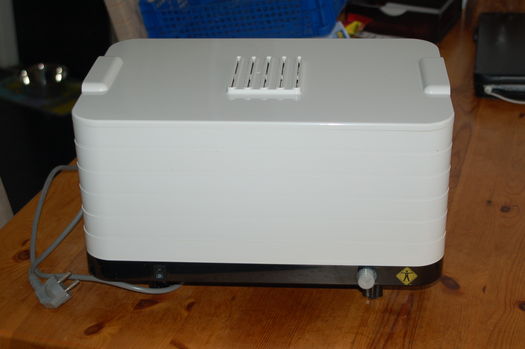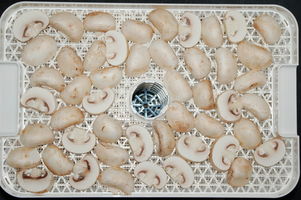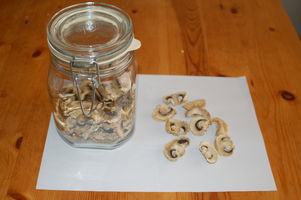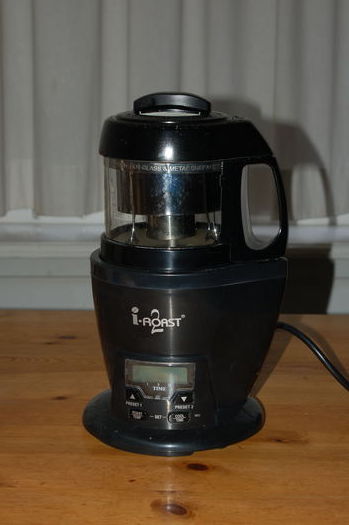In the comment discussion of my previous post, it occurred to me I never explained that most of what I do in my garden are trial plantings.
I have been gardening the same bit of land now for 2+ years. The first year I didn’t know what would grow there, so I planted a bit of everything. What grew well were beans, peas, cole plants, beets and chard, carrots, leaks, celeriac (celery root) and garlic.
The next year, I did more trials with things like turnips, rutabagas, wheat, and spelt. I also did expanded plantings of some of the things that had done well the previous year. I planted about 30 different cole plants, 5 different carrots, 28 different kinds of garlic and related plants, 10+ kinds of beets, 10+ kinds of swiss chard, and so on. What did well were the garlic (but it’s not yet harvested), the purple cauliflower and red brussel sprouts I posted about before, several carrots and peas.
At this stage many things are not clear. Many things that did well the first year, didn’t do well the second like the cole plants and beets. I also had problems getting my wheat seed to germinate. Many of these things can be attributed to weather, weed infestations, planting depth or distance problems, watering issues, soil fertility, pest or other problems. Some of these things are just not clear what went right or wrong. In any event, more future trials will probably shed some light on these things.
There are many goals in these trials. What grows well in my garden, what tastes good, what has pest and disease resistance, what has high yields, what fits well in rotation schemes with other plants, from which plants is seed saving practical and so on.
Often there are goals unrelated to the type of plant that can change the outcome, such as a new mulching or weed control technique. Although it’s not usually on purpose, I frequently end up with a complex set of variables in a trial. There is almost never a clear outcome to a trial.
In any given planting trial, I am happy if 50% of what I plant grows into something interesting. In the end the idea is to figure out what works best for me, then do expanded plantings and seed saving from these crops. What doesn’t do well is just discarded.
Since seed saving often means protecting plants from cross pollinating, it’s often easier to either plant many varieties in a trial or plant one variety for seed saving, but not both in the same year.
When dealing with heirloom vegetables, you are always dealing with huge numbers of varieties. For example there are thought to be 4000 different kinds of tomatoes! That’s 100 tomatoes a year for 40 years without ever planting the same one twice. It’s the same with almost all types of heirloom fruits and vegetables. There is no point wasting your time with anything that doesn’t work well for you, but at the same time half the fun is continuing to try different varieties or retrying varieties that you think deserve a second chance. When you find the right variety, you can then work on improving it by roguing out undesirable traits and not saving seeds from those plants.
So, what’s coming next for this year? In progress I have a garlic and related plant trial, and I plan to expand this with even more varieties. I have several kinds of peas, beans, carrots, beets, chard, corn (maize) and other things either planned or already planted. I’ll post pictures of whatever does well.






